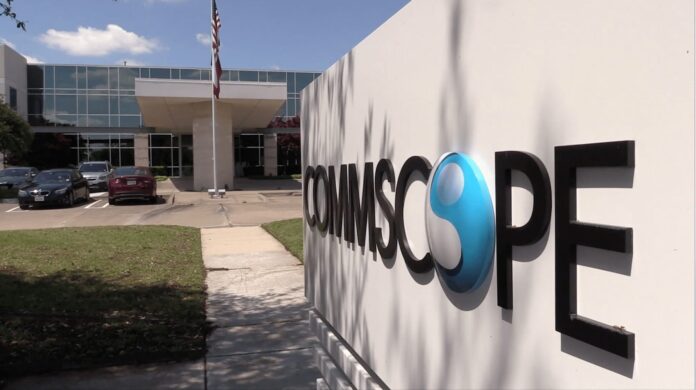Convergence of wireless and wireline, highlights benefits of HFC, coax and fiber
PHILADELPHIA – “Our big priority is to understand the convergence that we’ve been talking about today. What makes more sense: fiber to the home or fixed wireless?”
That was the message from John Chamberlain, CommScope’s director of broadband technologies, in a conversation with RCR Wireless News on the sidelines of the SCTE/IBSE Cable Tec Expo.
The concept of network convergence is a predominant trend of the show and is evidenced by a recent move from Philly-based heavy-hitter Comcast, which plans to serve up a wireless service using Verizon Wireless spectrum.
In keeping with the Comcast example, the company is leveraging its hybrid fiber-coax network plant, while adopting DOCSIS 3.1 technologies, to deliver ever-increasing bandwidth to the end user.
“The coax part of the HFC network has been so important to this industry, and, frankly, so important to CommScope,” Chamberlain said, adding that coax “made this industry what it is as the largest provider of internet services in the country and in the world. The coax part of the plant has got a huge bandwidth associated with it. It makes perfect sense from a capital investment standpoint to continue to move fiber out as fiber is needed, and continue to use that capital asset of coax that’s in the plant to deliver the bandwidth that’s needed by the consumer base well into the future.”
Also in Philadelphia, CommScope is marking its 40-year anniversary with long-time partner Society of Cable Telecommunications Engineers and its international arm, IBSE.
“So much has happened in 40 years, and the SCTE/ISBE has been there every step of the way,” Frank Drendel, CommScope co-founder and chairman, said. “One of the most significant industry changes as we look back four decades was the rapid growth of cable TV led by continuous technological advances. When CommScope was part of the Cable Home Division of MA/COM, it helped create the digital compression technologies in cable TV that ultimately enabled high-definition TV. That turned the industry upside down, and it never would have happened without the support of SCTE/ISBE and CableLabs.”

